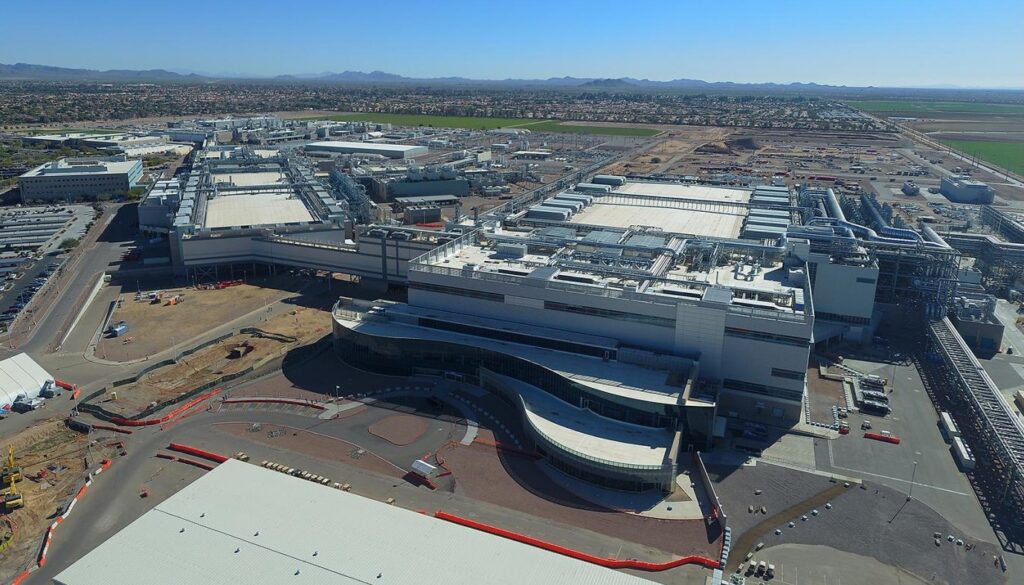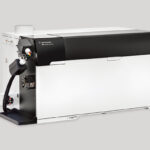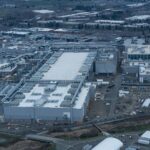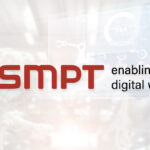ASIA ELECTRONICS INDUSTRYYOUR WINDOW TO SMART MANUFACTURING
Intel Eyes New Strategy in Internal Foundry Model
Intel Corporation CEO Pat Gelsinger released a statement sent out to all company employees October 11, announcing the company’s pitch towards a new foundry approach. Particularly, Gelsinger said the creation of an internal foundry model for external customers and Intel product lines.
In addition, he also announced the establishment of the Integrated Device Management 2.0 (IDM 2.0) Acceleration Office.
Gelsinger said after he returned to Intel in 2021, the first phase of the company’s transformation made significant progress in process roadmaps and capacity. In addition, he noted they remained on track to deliver five process nodes in four years. Furthermore, he mentioned investments Intel made in increasing capacity to meet industry’s demand for semiconductors and balancing the global supply chain.
“The next phase of our IDM 2.0 journey requires a fundamental shift in mindset. We must embrace an internal foundry model, not only for our external customer commitments but also for our Intel product lines,” said Gelsinger.

In addition, he said, “This is a significant evolution in how we think and operate as a company, but the systems and infrastructure that served us well in the IDM 1.0 world will not enable us to achieve the full potential of IDM 2.0.”
Internal Foundry Model Explained
Implementing an internal foundry model means establishing consistent processes, systems and guardrails between our business unit, design, and manufacturing teams. Accordingly, this will allow Intel to identify and address structural inefficiencies that exist in their current model. This drives accountability and costs back to decision-makers in real time. In addition, it will also put Intel’s product groups on a similar footing as external Intel Foundry Services customers and vice versa.

For example, Intel’s business unit and design teams will be able to consider the potential impact on their margins if they want to run an additional product stepping. On the other hand, the manufacturing team will be able to assess requests based on actual costs and impact on factory output. This will give teams the tools and transparency they need to find the most effective and cost-efficient solutions before implementation in silicon, ultimately helping us maximize factory output, reduce costs, and shorten design cycles.
“We will also create a foundry accounting model that encompasses manufacturing, technology development and Intel Foundry Services. This will give us more transparency into our financial execution and will allow us to fully benchmark and drive ourselves to best-in-class foundry performance,” said Gelsinger.
IDM 2.0 Acceleration Office
To facilitate this effort, Gelsinger said he has ordered the establishment of an IDM 2.0 Acceleration Office, which Stuart Pann, Senior Vice President of our Corporate Planning Group (CPG), will head. In addition, he said Pann will take on the role of Chief Business Transformation Officer, reporting to Chief Financial Officer Dave Zinsner and joining the executive leadership team. The IDM 2.0 Acceleration Office will work in close collaboration with all business units and functional teams to bring this new internal foundry model to life.

“Alongside initiatives like the next evolution of our tick-tock model and our Gladius program for driving excellence in product development, embracing an internal foundry model will enable us to deliver the competitive cost structure and predictable cadence of leadership products essential to our success,” said Gelsinger.
In addition, Gelsinger said, “We will continue to provide regular updates on these initiatives and our progress in restoring our culture of execution excellence. This is our time to take action as One Intel to unleash IDM 2.0’s full potential.”




